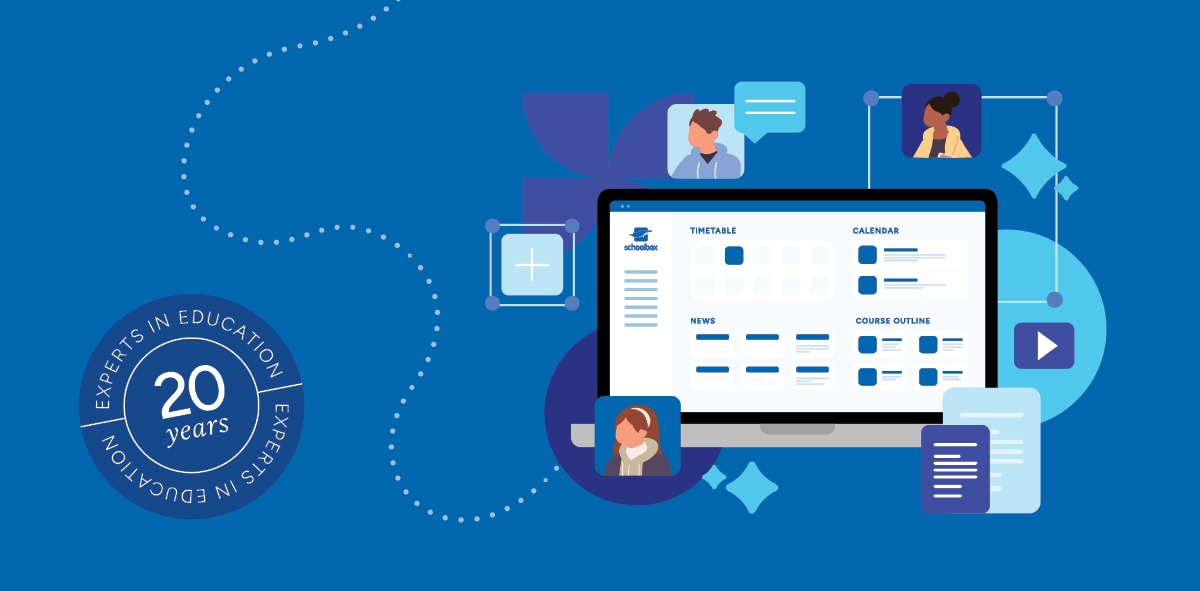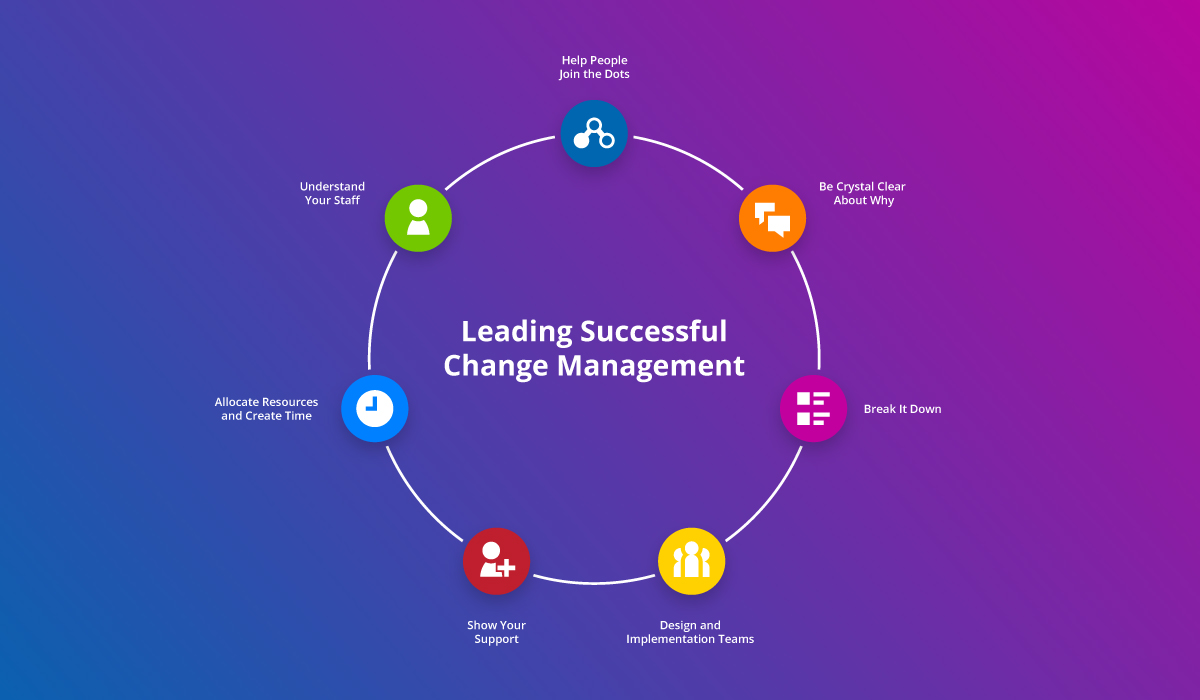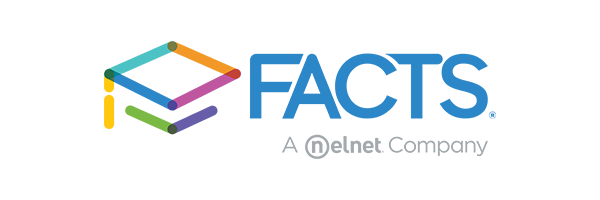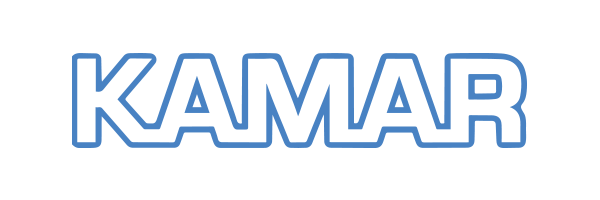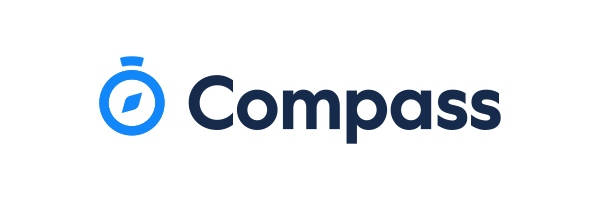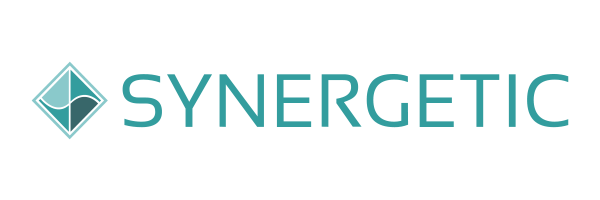Online assessment, marking, feedback and reporting is one of the more recent advancements in 21st century teaching and learning. This blog examines these key terms, how they interact, how their visibility can make them valuable, and will highlight many of the positives of having assessment, feedback and reporting online.
The Basis of a Virtual Classroom
A learning environment that shows visible thinking, where students aren’t tasked with purely accruing knowledge and skills but the process of thinking, can be easily achieved via a virtual classroom inside an LMS such as Schoolbox. Some of the key requirements to establish this type of online learning environment include:
- Providing the opportunity to find information
- Maintaining the process of thinking and being able to collect evidence of it
- Allowing students to be questioned and given feedback to deepen their inquiry
All this needs to occur whilst preserving a motivated learning community of engaged students.
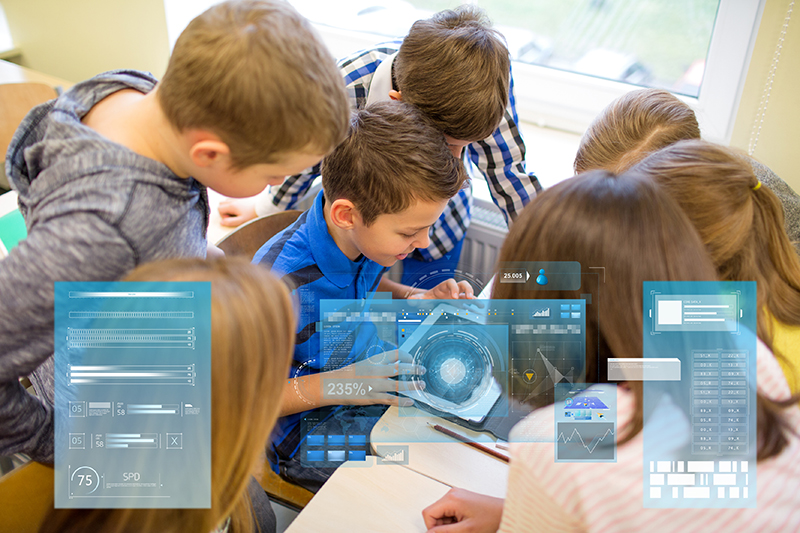
An effective virtual learning environment allows students to access the lesson and content in and out of the classroom through a variety of ways and means. This gives students extra time to process key concepts, access additional resources and perspectives and provides the ability to put this into practice with e-assessments.
The advantages of using e-learning and e-assessment are varied. Some studies have discussed the necessity because we all learn differently; whilst others highlight the need as some students undertake online distance learning programs; and others have shown students may be based locally but prefer the virtual environment. An effective virtual classroom can be almost identical for a wide range of situations.
A key aspect of the learning process is producing evidence of learning. By allowing students to create modern and innovative responses to tasks; such as vlogs, podcasts or web pages; educators are able to provide a learning process that is more meaningful and motivating for students. As a result, work is often then of a higher standard. Similarly, once the work has been assessed, students can benefit from the feedback being given electronically, be it written, spoken or filmed via the LMS.
Difference Between Reporting and Assessment Feedback
A common reporting model being used by schools, that almost all would have experienced, is to communicate attainment to parents and students two to four times per year. This has historically been through a piece of paper containing comments and grades from each of their teachers and is normally called a “school report”.
On the other hand, feedback stems from formative and summative assessment which offers ongoing and continuous information about student learning to drive development. It is in this realm that the online learning platform becomes extremely valuable.

Assessing students’ achievement allows the student to understand and grasp where they are and where they need to go. Feedback from assessment should be the basis of this road map.
Advantages of Online Feedback on Learning
Having your formative and summative assessment online means that it can never be ‘eaten by the dog’. It also means that students can; access it in class or remotely; communicate with you directly or via email with the comments in front of them; and discuss it with their parents or guardian.
A good LMS will keep all the feedback, marks and criteria in one place. This helps students visualise where they started and where they are going. By reflecting on more than one piece of feedback at a time, students can see patterns emerging and use this to set better goals.
As transparency improves and the learning journey become increasingly visible via the use of technology, those involved will notice the clear benefits of assessing tasks online and sharing feedback with students and parents:
- Its ongoing and continuous nature
- Availability to parents and students
- Linked to resources within the LMS
- Reduction in tasks for teachers
Alleviating concerns when using an LMS for Assessment and Feedback
As with anything, there can be challenges when first using an online assessment and feedback environment. So, we’ve provided some insights that may ease some common concerns.
Turnaround time
The immediate aspect of feedback is one of the biggest influences on student progress and a key benefit of using an LMS. But, with the pressure of trying to reduce marking time, teachers need tools at their disposal to help meet expected feedback turnaround times.
Using the quiz tool on Schoolbox enables students to engage with content, develop an awareness of where they are and receive feedback with immediateness, especially in formative assessments. Crucially for a teacher, the quiz tool can be set up to give automatic feedback and help students find the correct answer, if necessary, using links to the resources and content. This cuts down on marking time for teachers.
Rubrics can also be created in assessments without a question and answer format, which can allow teachers to quickly select the attainment shown by a student.
Plagiarism
It is undoubtedly a fact that plagiarism, encompassing a variety of behaviours, is made easier by access to the internet and when undertaking e-assessment. Plagiarism did however exist before the internet and continues to exist outside of e-assessment.
The use of plagiarism or similarity checking software, integrated into the e-assessment tools on Schoolbox, reduces the need for teacher suspicion and thus simplifies the task of grading the work. Furthermore, it is made more powerful when students can see the results of such checks to discourage the behaviour.
Extra Workload Demands
Asking teachers to provide continuous feedback to students and parents, despite the known value and benefits it has to the learning process, can be daunting due to the scrutiny that may come from the feedback. As a result, many teachers put extra focus and time on this type of task.
However, once this has moved to the online environment, it can create benefits that will actually reduce the anticipated workload. Schoolbox can collate all the grades and feedback that the teacher has generated on the one page. This then facilitates the writing of summative reports and increases efficiency.
Also, as the quality and quantity of feedback on performance improves and increases, the significance and importance placed on term or semester reports can be reduced. In time, continuous open feedback could replace reports almost entirely.

Embracing online assessment means that we can start using the technology to help and not hinder us. Using the systems integrated into your LMS to save time on marking and collating information will allow you to use the precious minutes in the physical classroom for more meaningful learning experiences. After all, providing an engaging and motivating learning experience is what we are here for.
Jez Gray specialises in teaching students from Year 7 to Foundation Degrees. With UK based qualifications in teaching, assessing and internal verification, and over a decade worth of experience; Jez is keen to support teachers to maximise efficiency and productivity in their schools, without the stress.
If you want to read more about engaging student practices, check out our other resources:

